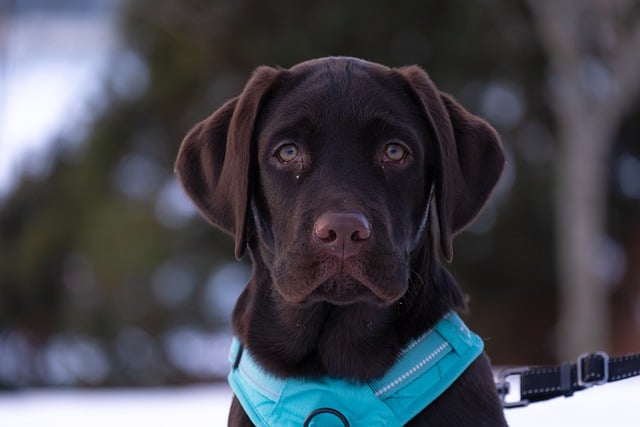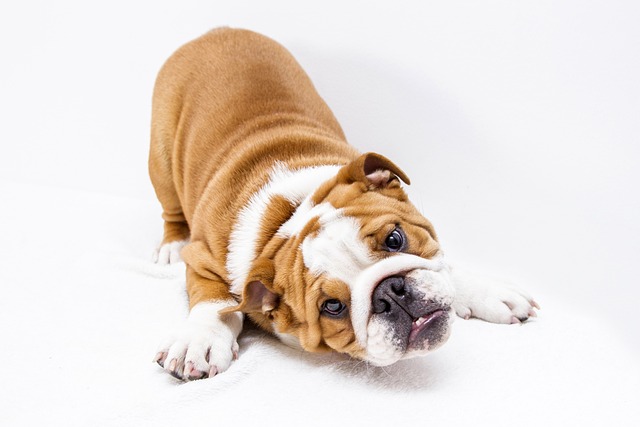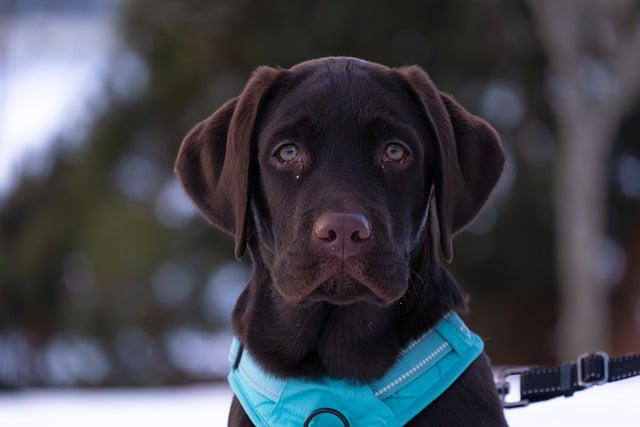
How to treat dry skin in dogs
how to treat dry skin on dogs? If you’ve watched your German shepherd “Rex” scratch his back against the living room couch until tufts of fur stick to the fabric
Picture this: It’s 95°F in Austin, and your terrier dances awkwardly on hot pavement during your neighborhood stroll. You wonder – could those cute socks from Petco save his paws? While socks seem like a quick fix, the reality requires nuance. Unlike specialized dog booties with insulated soles, most fabric socks offer minimal heat protection from the ground up. Here’s why: heat transfers through direct contact, and thin cotton or knit materials conduct thermal energy rapidly. Imagine wearing socks on a frying pan – they’d scorch instantly. However, socks can shield paws from ambient heat and hot air radiating off surfaces, making them a situational tool if used strategically.
First, understand the physics. Test pavement with your palm for 7 seconds – if it’s uncomfortable, it’s unsafe for bare paws or thin-socked feet. For moderate heat (think 85°F mornings), moisture-wicking dog socks with silicone grips can provide traction and minor insulation against warm (not scalding) surfaces. Brands like "Ultra Paws" work best. Crucially, never force socks on a stressed dog. Start indoors: let them sniff the socks, reward with cheese bits, then practice 5-minute sessions. Pair with a fun game to build positive associations – positive reinforcement aligns with modern animal welfare standards and avoids the anxiety caused by restraint.

Apartment dwellers, take note: Socks shine indoors on sun-baked balconies or tile floors where ground temps spike. But they’re risky for extended outdoor walks. Sweaty paws cause socks to slip, creating friction blisters. If your dog limps or chews a sock mid-walk, immediately move to grass and remove it. Always carry backup paw balm (like Musher’s Secret) and biodegradable waste bags – pausing to adjust socks doesn’t excuse skipping poop duty, a legal requirement in cities like Seattle and NYC.
For true heat defense (over 90°F), invest in ventilated mesh booties with rubber soles (e.g., Ruffwear Grip Trex). These reflect ground heat and prevent burns. Still, introduce them gradually: days 1-3 = indoor treats near boots, day 4 = one boot for 2 minutes. If your dog freezes, reset with play – never scold. Remember, rabies vaccination records must be current; vets may need them if burns occur during travel or public outings.
If socks slip off near a busy road, prioritize safety over retrieval. Use your leash to guide your dog to shade, then check paws for redness. Rinse gently with water from your collapsible bowl – another reason to carry one! Socks are a niche solution, not a substitute for vigilance: Walk at dawn/dusk, stick to grass, and skip walks entirely during heat advisories. When in doubt, go bare-paw with balm and smart timing. Your dog’s comfort isn’t just kindness – it’s responsible ownership woven into our community fabric.

how to treat dry skin on dogs? If you’ve watched your German shepherd “Rex” scratch his back against the living room couch until tufts of fur stick to the fabric

What are the crusty flakes on my dog's skin? If you’ve ever run your hand through your schnauzer “Charlie’s” fur and noticed tiny, dandruff-like flakes sticking to your palm

French bulldogs, with their squishy faces and playful energy, are prone to sensitive tummies—diarrhea can strike out of nowhere, leaving you scrambling for solutions. It’s not just messy; it can signal something off in their diet, environment, or health.

Picture this: It’s 95°F in Austin, and your terrier dances awkwardly on hot pavement during your neighborhood stroll. You wonder – could those cute socks from Petco save his paws?

Discovering your dog limping or licking frantically at their paw is a heart-sinking moment for any new pet parent. Those tough paw pads shield them from hot sidewalks

How to improve a dog's coat condition? If you’ve run your hand through your poodle “Luna’s” fur lately and noticed it feels more like straw than silk—dull